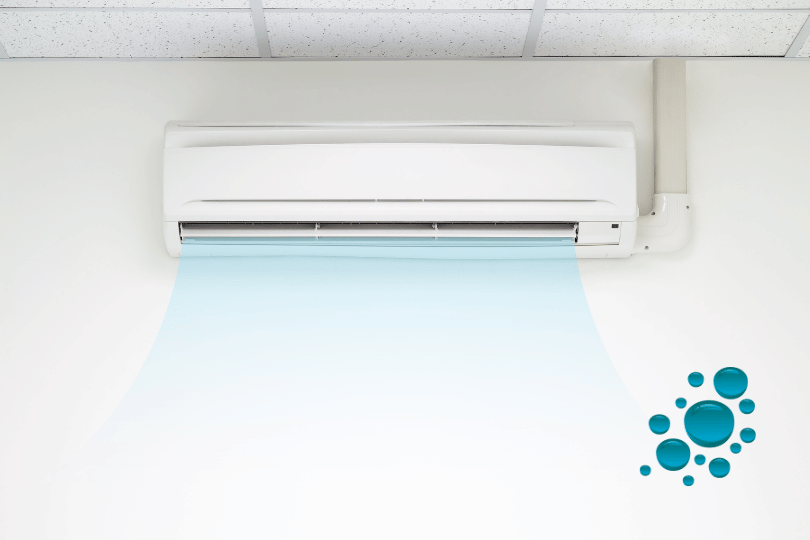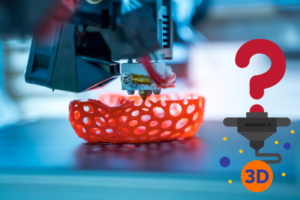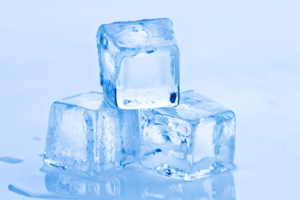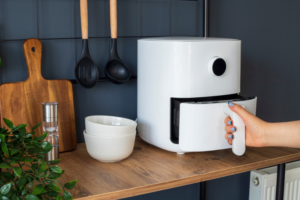Air conditioners are a common sight in many homes and offices, providing a cool and comfortable living space, especially during hot and humid weather. But have you ever wondered why your air conditioner produces water?

The Basics of Air Conditioning
Air conditioners function by using a special liquid, known as refrigerant, that transforms into a gas at a low temperature. As this refrigerant evaporates inside the unit, it absorbs heat from the air, effectively cooling it down.
The cooled air is then circulated throughout the room by a fan. Meanwhile, the refrigerant, now carrying the absorbed heat, goes through a condenser coil. In this coil, the gas is cooled and turns back into a liquid, releasing the heat it absorbed earlier.
So where does the water come from? The answer lies in the process of condensation. When the warm, humid air from the room comes into contact with the cold air conditioning unit, the moisture in the air condenses on the cold surface, much like how water droplets form on the outside of a cold glass of water on a hot day. This condensation is the water that you see being produced by your air conditioner, and it is a natural byproduct of the cooling process.
The condensed water collects in a drip pan or tray located beneath the evaporator coils. From here, it is drained away from the unit through a pipe.
Air conditioners work on the principle of removing heat and moisture from the air to cool it down. The water produced by an air conditioner is indeed removed humidity from the air.
It’s a fascinating example of the science at work in our everyday appliances!

















Leave a Reply